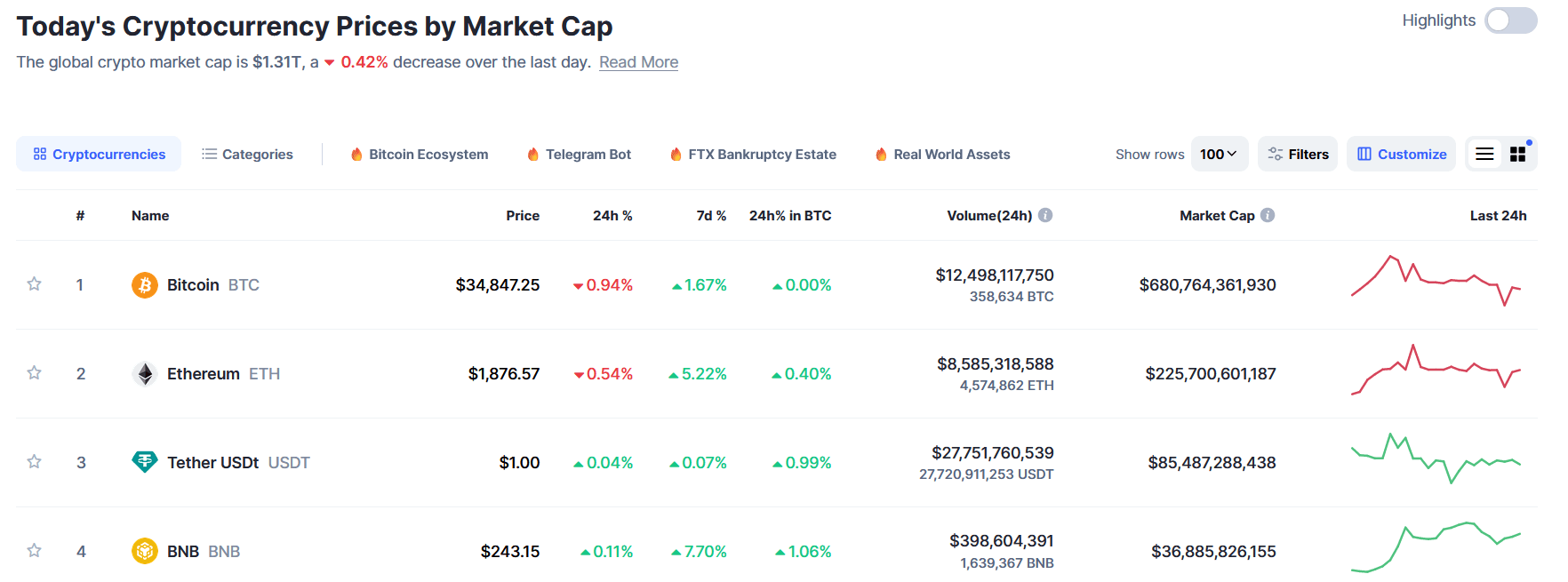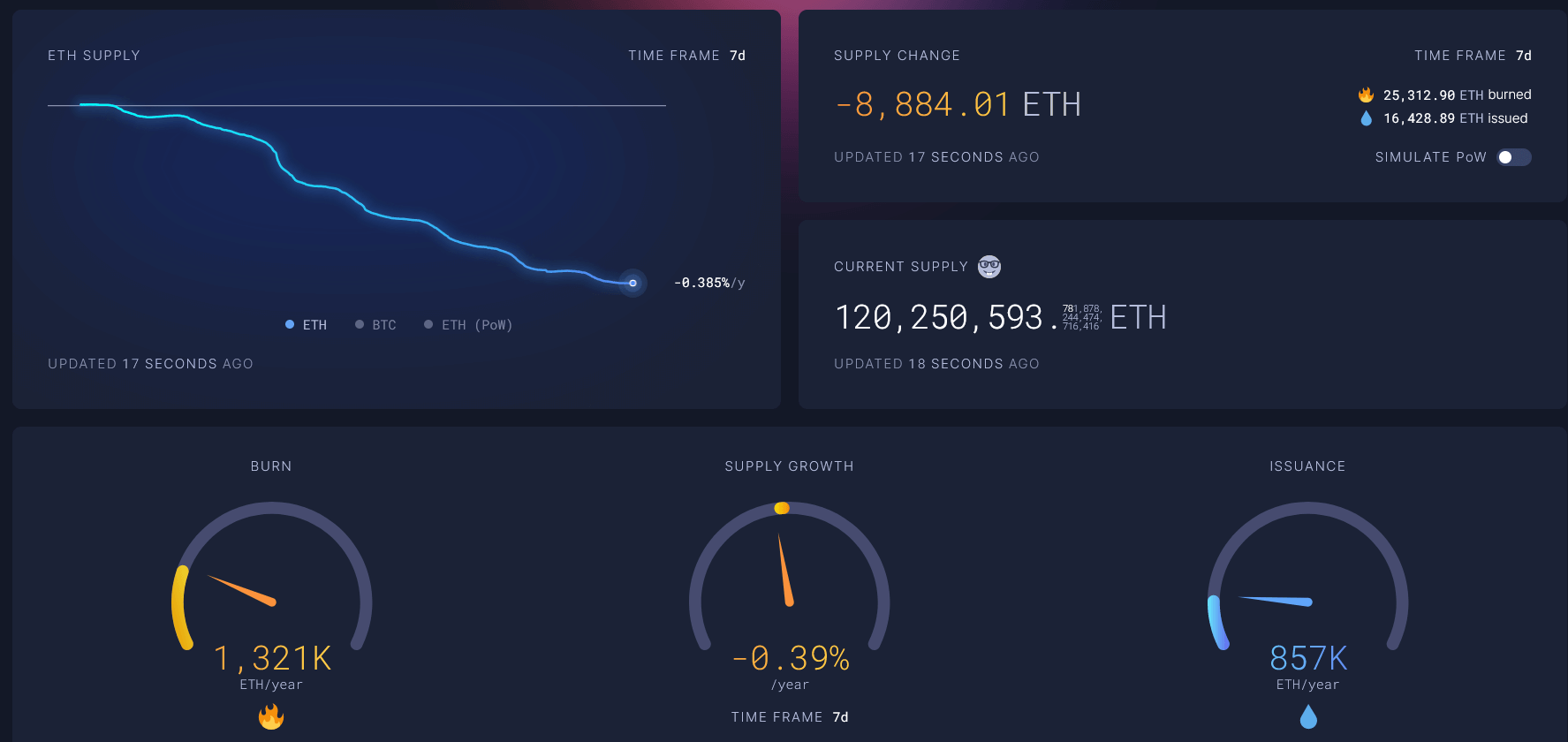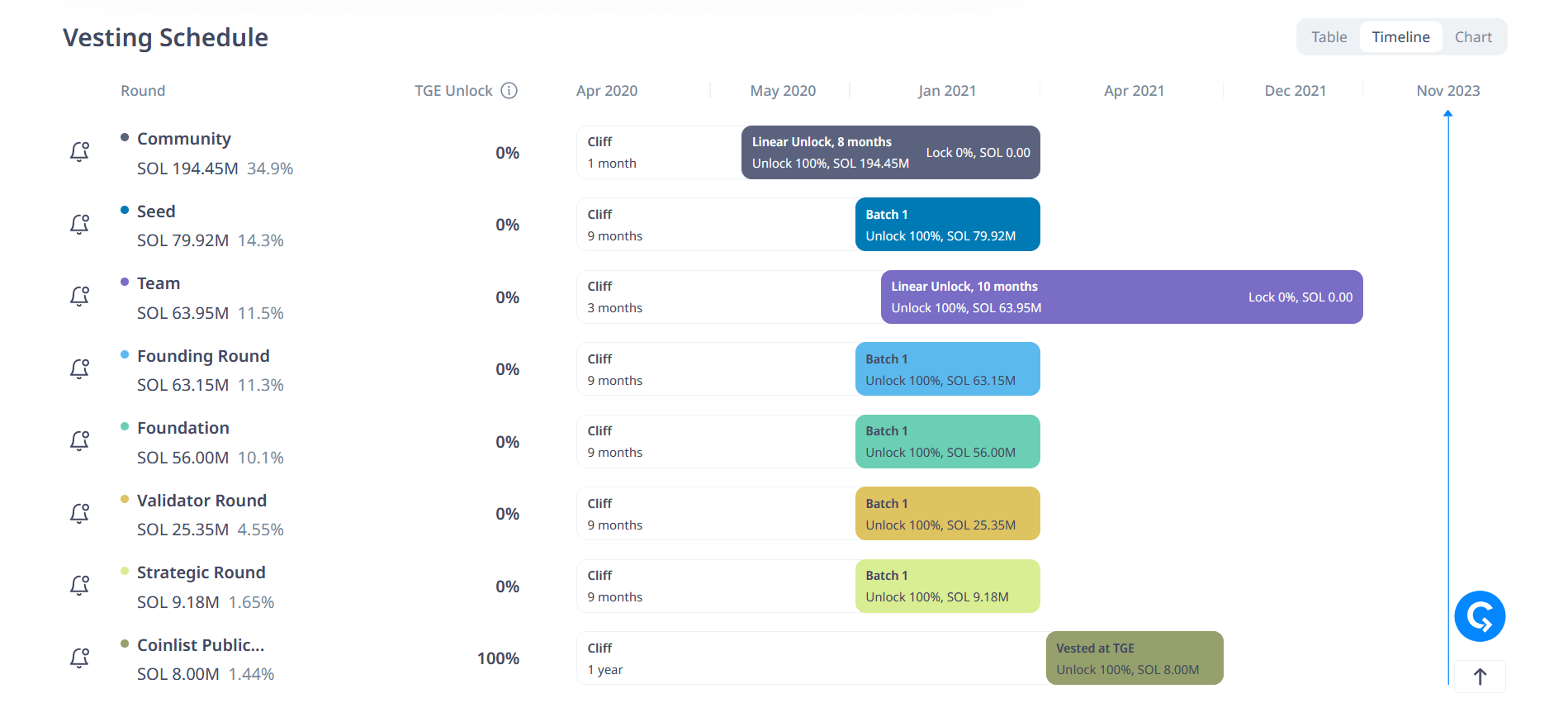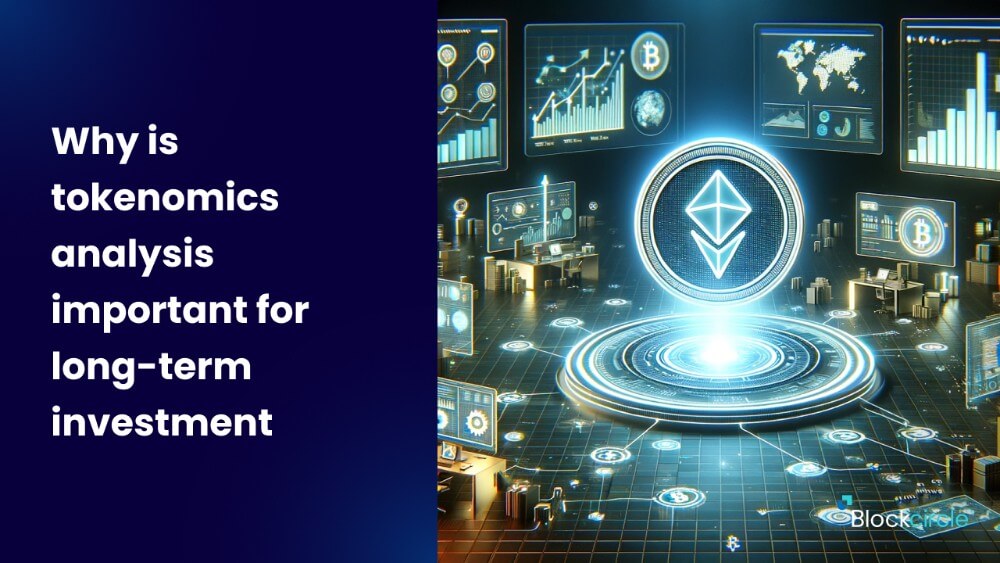An outsider looking in may scoff at cryptocurrencies and say, ‘Where are the financial reports? I’m not investing in something if I can’t even conduct a simple fundamental analysis for it.’ While it’s true that crypto projects typically don’t report their earnings, they’re pretty much transparent in everything else, including through detailed tokenomics analysis.
Metrics that you can see on the blockchain include:
- How many tokens are in circulation
- Who owns the tokens and how many
- How many more tokens will be minted and to whom they are distributed
- What are the rewards (read: “earnings”) for staking tokens or depositing into liquidity pools?
That seems far more transparent than any public company in existence. Even professional crypto investors use these metrics as valid points to consider for investing in a crypto project long-term. In this article, we’ll be discussing tokenomics, what to look out for, and how to pick crypto assets for the long-term.
What is tokenomics analysis?
Tokenomics is a very practical method of analysis that combines economics and game theory to determine how risky or rewarding a project can be in the long-term. The key point here is “long-term”, because the effects of measures in tokenomics (like supply, burn, and reward mechanics) are not immediate.
In fact, an especially bad day in the crypto market due to more powerful factors, like market sentiment during a financial crash, could fling the price down to an undetermined level. However, tokenomics can be the saving grace for any crypto that’s been through hard bear market times. A good project with good tokenomics can recover and thrive, while its many copy-cat competitors with less optimally designed tokenomics might fade into obscurity in the years to come.
Simply, tokenomics is part of the fundamental reason a crypto project can survive.
How to conduct a tokenomics analysis?
The first thing you need to realize before conducting a tokenomics analysis is to separate the price from the token. The price may become a key factor in your analysis, but not so much. Here are the key terms you need to be familiar with:
- Token supply
- Tokens in circulation
- Market capitalization (market cap)
- Fully-diluted market cap
- Mint rate (inflation)
- Burn rate (deflation)
- Token distribution
- Vesting period
For the sake of providing examples, we’ll point free resources to you, so you can practice your tokenomics analysis. Please bear in mind that free resources are great to begin with, but they can be limiting. It’s therefore not advisable to solely base your decision-making on limited information.’
What is Token Supply?
Token supply has several contexts and definitions to it, so be sure to get the correct one. When people talk about the token supply, they can refer to:
- Maximum supply
- Circulating supply
- Total supply in existence
Maximum supply refers to the maximum number of tokens possible to exist. Bitcoin has a maximum supply of 21 million BTC, and this can be verified from the program that runs and issues Bitcoin. However, BTC is issued at a rate of 6.25 BTC every 10 minutes, and its issuance rate halves every four years, as per the program.
Therefore, Bitcoin’s circulating supply is still less than 21 million BTC (about 19.5 million in Nov 2023). Bitcoin’s circulating supply is the supply that is tradable and is not locked in a smart contract. Since Bitcoin is rather simple and has no “locking” mechanism, its circulating supply is also equal to its total supply.
Now, Solana is a different case. Solana has no maximum supply. It is issued differently from Bitcoin, so out of the 561 million SOL in total supply, only 420 million SOL are tradable in the market. The rest of the SOL are not tradable, because they are locked through a vesting period (more below).
What is a Market Cap?
Now that you can distinguish total supply with maximum supply, let’s talk about market cap. Market cap is a quick way to know the value of the entire crypto project. You get the market cap by multiplying the total supply with the price of each token.
Take Bitcoin vs Ethereum as an example. Take a look at CoinMarketCap.com to view the market cap for each coin.

With 19.5 million in total supply at $34,900 each at the time of writing, Bitcoin boasts a market cap of $683 billion. Ethereum may have 120 million tokens in supply, but priced at $1900, it “only” has a market cap of $8.5 billion.
Market cap alone doesn’t tell anything. The interesting part is if you compare the fully diluted market cap with the (simple) market cap. If all 21 million Bitcoins had existed, its current market cap would have been at $734 billion.
This means if the demand for Bitcoin stays the same for years and years, while its supply grows, it might be overvalued and its price may decrease by 7%. Of course, this is highly unlikely as Bitcoin has not reached the level of adoption it could potentially have.
Ethereum’s fully diluted market cap is the same as its current market cap. No locked Ethereum is out there to surprise investors with a flood of new Ethers. This can’t be said for Solana’s SOL tokens.
What is Mint and Burn Rate?
Many older cryptocurrencies like Bitcoin, Litecoin, and Dogecoin that use a “mining” mechanism have a very predictable inflation rate. From 2009 to 2012, Bitcoin’s inflation rate was 50 BTC every 10 minutes. Then, it halves to 25 BTC/10 minutes. Now it is 6.25 BTC/10 minutes, and in 2024, the next halving event will occur. Litecoin follows the same mechanism.
Dogecoin and Ethereum issue the same number of tokens every year. This is in great contrast with central banks around the world, whose monetary policy could allow for the sudden issuance of new money.
Ethereum, BNB Coin, and many tokens that run on “Proof of Stake” systems also have burn mechanisms alongside issuing new tokens. A portion of transaction fees are essentially removed from circulation.

So, the more people use the network (for trading, payments, minting NFTs, gaming, etc.), the more tokens are being burned. If more tokens are being burned than they are being issued (minted), the token supply falls.
What is Token Distribution and Vesting Period?
In the world of Web3, tokens are minted for many reasons. One of those reasons is funding. Venture capitalists (VCs) and high risk-takers put their money on the line to support new crypto startups. It’s fair that these early investors and supporters receive a large cut of the total supply upon launch.
Part of the total supply can also be distributed among the staff of the parent company or organization that oversees the project’s fruition. The rest is allocated to the community (through public token sale) and the network’s treasury for future development and providing grants.
Note that the total supply is not necessarily the maximum supply, and some projects have a set total number of tokens when their mainnet goes live. The issuance rate will then fill in the gap until the token reaches maximum supply.
Of course, this creates a situation where immense power goes into the hands of the few. Crypto projects whose tokenomics are well-designed will manage this inequality of power through what’s known as a vesting period.
Simply, a vesting period is a period in which those early investors, whose tokens apply to it, will not be able to trade their tokens until a certain date. These tokens are essentially locked up in a smart contract. In some cases, tokens that are locked up are also unable to be used for governance, meaning that wealthy VCs can have limited voting power to influence operations.

A long vesting period is a redeemable feature of crypto projects that are supported primarily by VCs and wealthy investors.
The takeaways
Using free online resources, you can study the potential of crypto projects through four lenses — token supply, market cap, mint/burn rate, and token distribution. These are key factors that are likely to impact the resilience of a crypto project, or at least the public investors’ perception.
Tokenomics can be useful to spot new and potentially profitable projects with good future prospects. Go on and practice your new skill on conducting a tokenomics analysis! And once you got the hang of it, compare your findings with an active community of crypto traders.
Join BlockCircle today, and get access to our Discord server where we discuss economic news, share trade ideas for large, mid, small-cap tokens and even memecoins. Want to learn how to build your own trading bot? Or are you on the hunt for the latest airdrop? There’s a channel for those as well!





